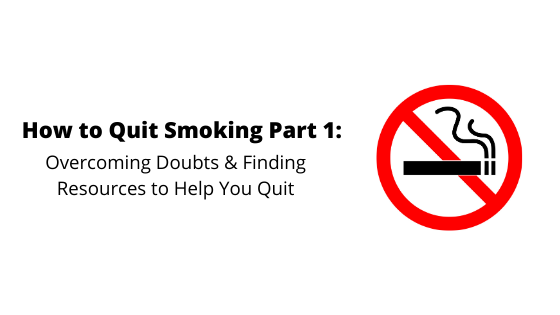Respiratory Resource Center - LPT Medical
How to Quit Smoking Part 1: Overcoming Doubts & Finding Resources to Help You Quit
Whether you've tried to stop smoking before or you're...
Read MoreCOPD Medication Basics: How Antibiotics Help You Recover from Exacerbations and Respiratory Infec...
Antibiotics are a special class of medications that...
Read MoreHow Steroids Can Prevent COPD Flare-Ups and Help You Recover from Exacerbations
The primary purpose of most COPD medications is...
Read More


